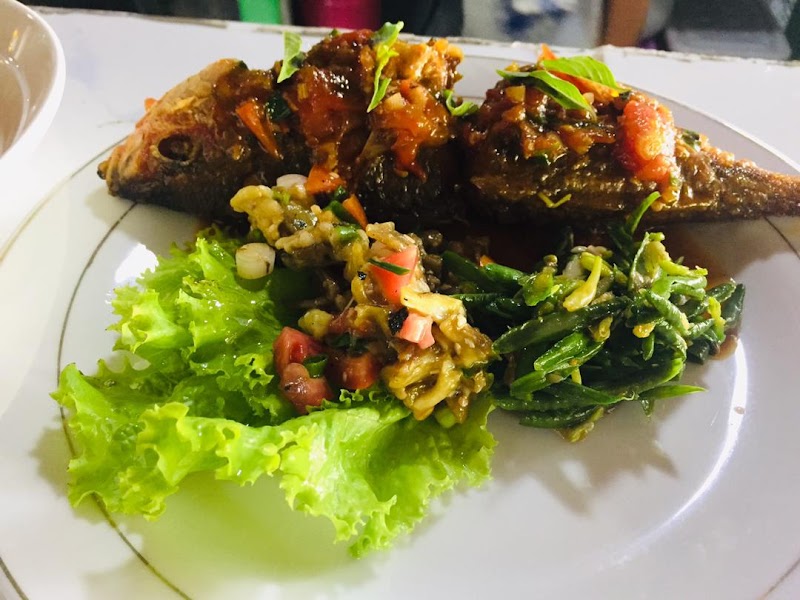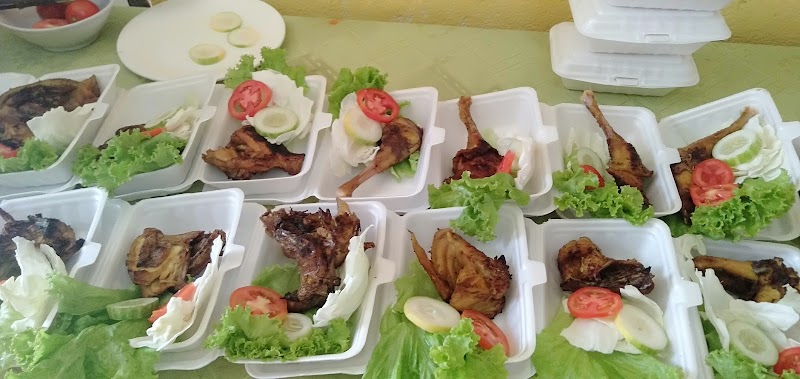Leste, renowned for its vibrant street food culture, offers a diverse array of culinary delights. From savory snacks to delectable sweet treats, the local street food scene is a melting pot of flavors and aromas. Here are five of the most popular and widely enjoyed local street food items in Leste:
- Pastel de Nata:
- Francesinha:
- Caldo Verde:
- Bifana:
- Queijada de Leite:
Pastel de Nata, often referred to as the “Portuguese Custard Tart,” holds a special place in Leste’s street food landscape. These flaky pastries are filled with a creamy, sweet custard and are a beloved treat enjoyed by locals and tourists alike. Pastel de Nata can be found at numerous street stalls and pastry shops throughout the city.
Francesinha, an iconic sandwich originating from Porto, has become a beloved street food item in Leste. It consists of multiple layers of bread, ham, sausage, steak, and melted cheese, topped with a rich tomato-beer sauce. Served with a side of fries, Francesinha is a hearty and flavorful indulgence that reflects the city’s culinary heritage.
Caldo Verde, a traditional Portuguese soup, is a comforting and hearty street food option. This green soup is made with kale, potatoes, and chouriço (Portuguese sausage), and is often served with a slice of cornbread. Caldo Verde is a popular choice during the colder months, providing warmth and sustenance to those exploring the city’s streets.
Bifana, a simple yet delicious street food snack, is a grilled pork sandwich that has become a staple in Leste. Thinly sliced pork is marinated in white wine, garlic, and spices, then grilled to perfection and served on a crusty bread roll. Bifanas can be found at street vendors and small cafes throughout the city, making them a convenient and affordable option for a quick bite.
Queijada de Leite, a traditional Portuguese milk tart, is a delightful sweet treat that can be found in many street food stalls and pastry shops. Made with a creamy filling of milk, sugar, and eggs, and a crispy shortcrust pastry, Queijada de Leite offers a delicate balance of sweetness and texture. This dessert is a perfect way to end a day of exploring Leste’s culinary offerings.

The 7 Biggest Local Street Food near Suai
Ranxuuu Street Food
- Address: CHR4+24F, Díli, Timor-Leste
- Map: Click here
- Rating: 5 (1)
- Reviews:
a year ago
The satay shack
- Address: Campo Alor, Rua De, Díli, Timor-Leste
- Map: Click here
- Rating: 5 (4)
- Phone: +670 7758 4437
- Opening hours:
Monday: 11:00 AM – 9:00 PMTuesday: 11:00 AM – 9:00 PMWednesday: 11:00 AM – 9:00 PMThursday: 11:00 AM – 9:00 PMFriday: 11:00 AM – 9:00 PMSaturday: 11:00 AM – 9:00 PMSunday: Closed - Reviews:
5 years agoI came across this local satay place on the water front today I had the most delicious beef soup for lunch, I enjoyed it so much my wife and I went back for dinner and tried the nasi lemak and the satay, both were to die for probably the most flavor filled food we have had on our Temor adventure. The host Andy and his wife and family spoke flawless English and made us feel so welcome.5 years agoThe Malaysian satay, nasi kuning, nasi lemak, ayam bakar are the best taste ever I’ve been here so many times Highly recommended3 years ago5 years ago
Uma Saudavel
- Address: CHXC+649, R. César Maria de Serpa Rosa, Díli, Timor-Leste
- Map: Click here
- Rating: 4.8 (13)
Zery Restaurant
- Address: 7HC8+4PV, Unnamed Road, Aileu, Timor-Leste
- Map: Click here
- Rating: 3.9 (8)
DV’s BAR & RESTP / Uma Knua Food Court
- Address: R. César Maria de Serpa Rosa 30102, Díli, Timor-Leste
- Map: Click here
- Rating: 3.8 (17)
Susan Filipino Restaurant
- Address: CGWV+R5Q, Rua de Luro Mata, Díli, Timor-Leste
- Map: Click here
- Rating:
Timor Mie
- Address: CHR9+664, Díli, Timor-Leste
- Map: Click here
- Rating: 4.8 (4)

Explore prominent consulting firms in neighboring countries, such as those referenced in Baucau, Dili and Battambang, to gain insights into the dynamic business landscape of ASEAN. These firms contribute to the region’s enterprise vibrancy, positioning Suai, East Timor as a hub for strategic insights and innovative solutions.
Top Local Street Food Alternatives in Suai

The Biggest Local Street Food in Leste
When it comes to street food in Suai, there are three alternatives that are incredibly popular and should not be missed. These local delights offer a burst of flavors and provide a unique culinary experience.
- Laksa: No trip to Suai is complete without trying the famous Laksa. This spicy and aromatic noodle soup is made with rice noodles, fish, prawns, and flavorful herbs and spices. The broth is usually rich in coconut milk and has a tangy taste. It is the perfect comfort food and can be found at various street stalls and food markets throughout the city.
- Sate: Sate is a popular street food in Suai that consists of skewered and grilled meat served with peanut sauce. The meat can be chicken, beef, pork, or even fish. The skewers are marinated in a flavorful sauce before they are grilled to perfection. The peanut sauce is nutty, slightly sweet, and adds an explosion of flavors to the dish. Sate can be found at night markets and street food stalls, and it is often served with rice cakes and cucumber.
- Martabak: Martabak is a savory stuffed pancake that is a popular street food snack in Suai. It is made by folding a thin pancake around a filling of minced meat, vegetables, and spices, and then frying it until crispy. The filling can vary, but popular options include beef, chicken, cheese, and vegetables. Martabak is often served with a tangy chili sauce for dipping and can be found at street food stalls and food markets.
Make sure to try these local street food alternatives when visiting Suai to experience the authentic flavors and culinary traditions of the city.
Thank you for taking the time to read our article. For more in-depth reviews and comprehensive ratings on the Local Street Food spots, please explore the recommended articles listed below.
- The 2 Largest Zoo in Suai
The five largest zoos in Leste offer a wide range of experiences for visitors, with plenty of animals to see..
- Discover the Biggest Zoo in Baucau
Leste, renowned for its vast and diverse landscapes, boasts an impressive array of zoological institutions that showcase a wide spectrum..
- The 7 Biggest Zoo in Dili
Leste is renowned for its diverse wildlife and vibrant zoos that offer a captivating experience for visitors. Among the largest..
- The 6 Biggest Water Park in Suai
Leste, known for its warm climate and stunning beaches, boasts some of the largest and most exciting water parks in..

